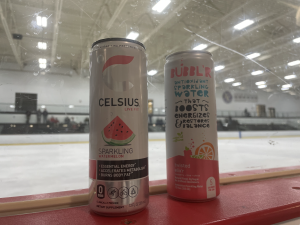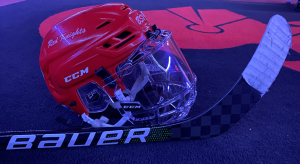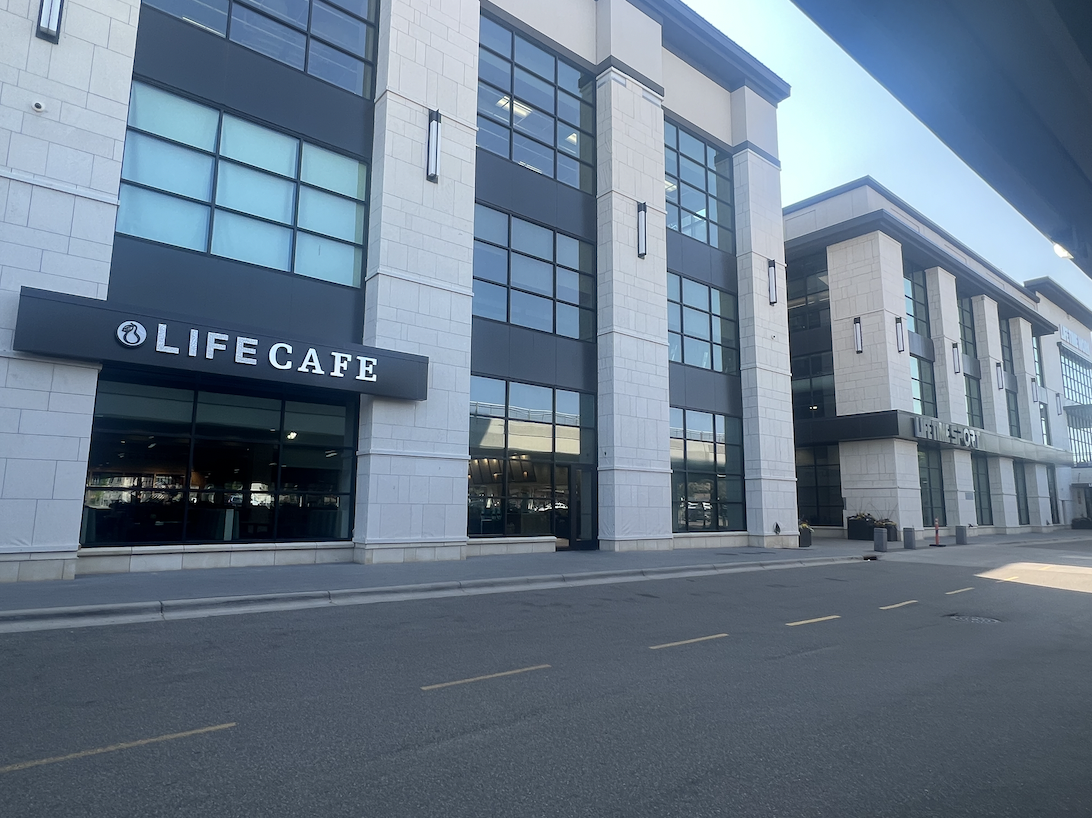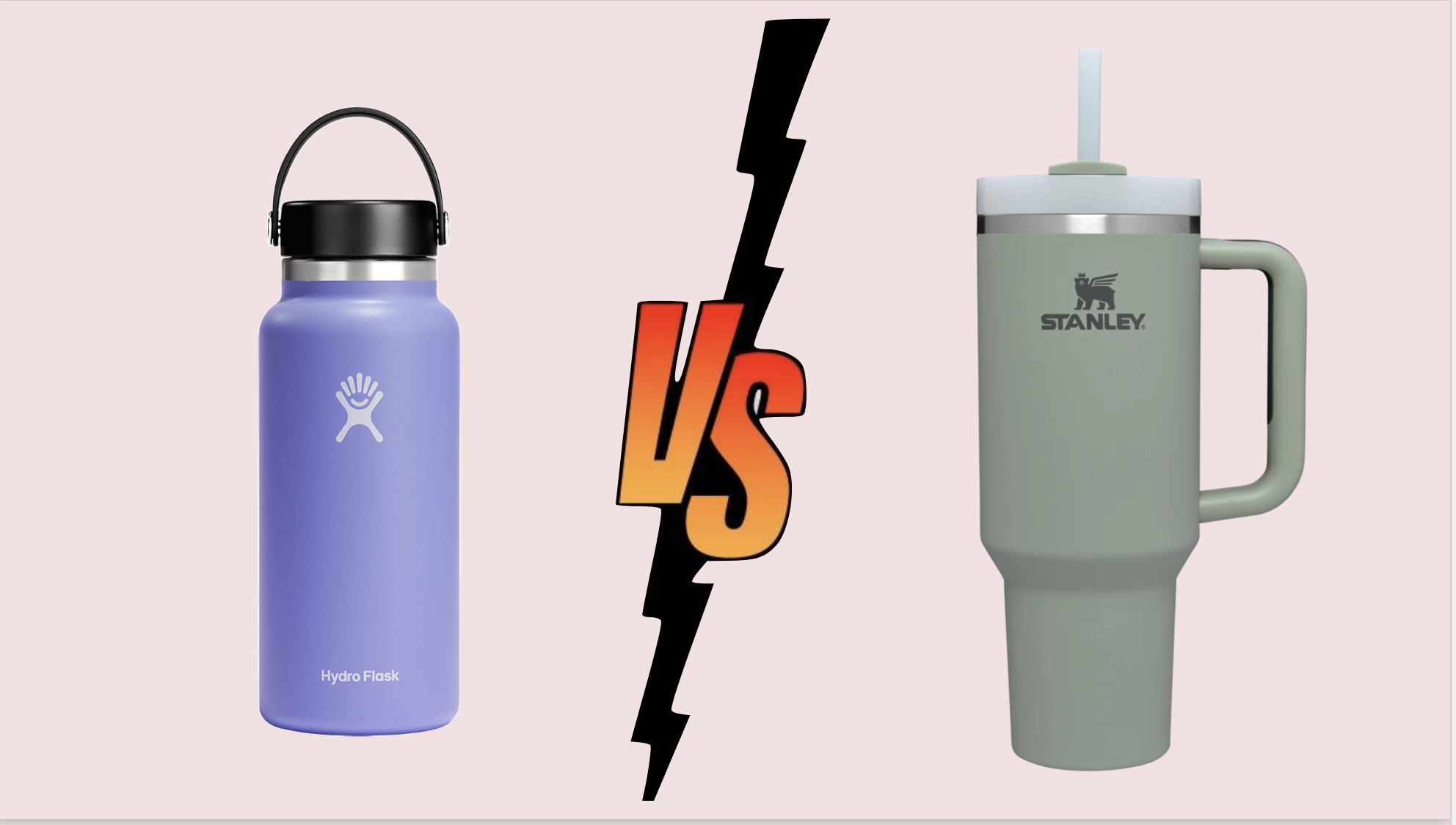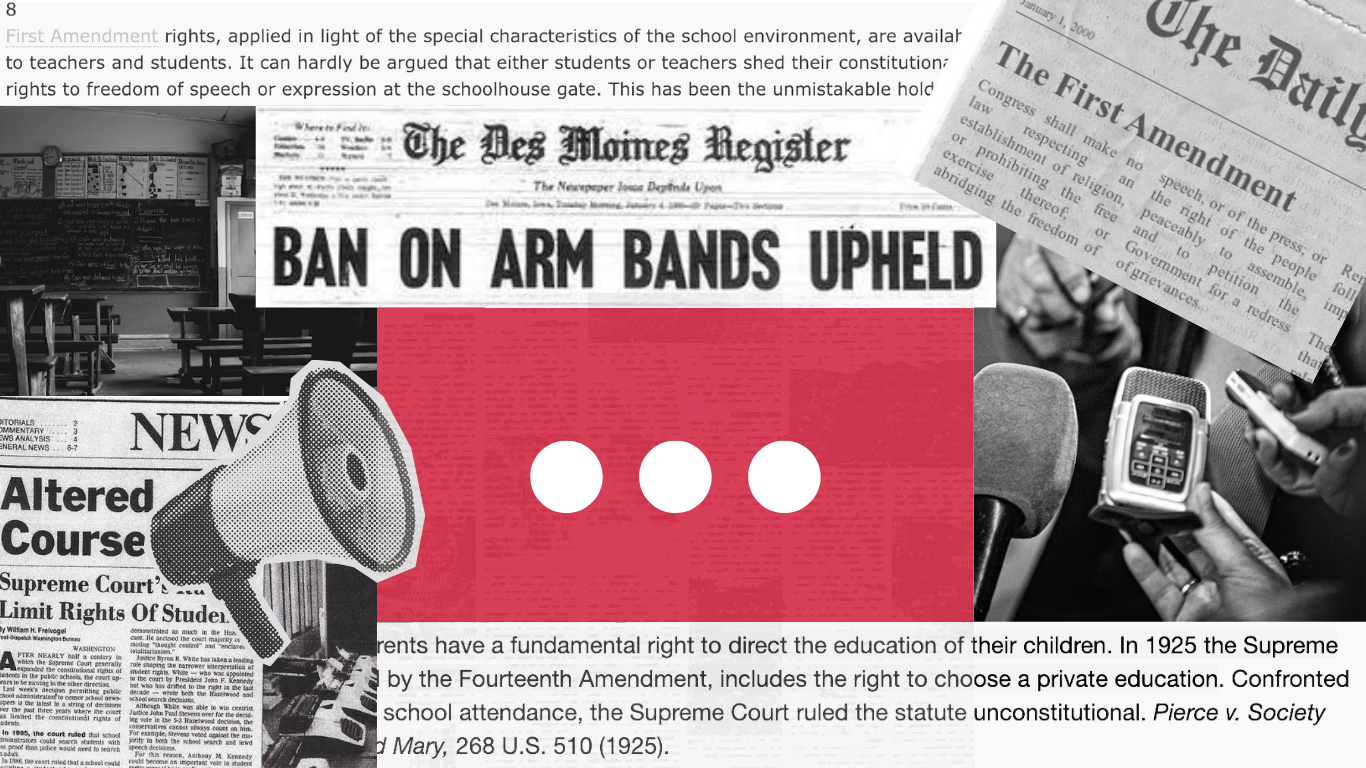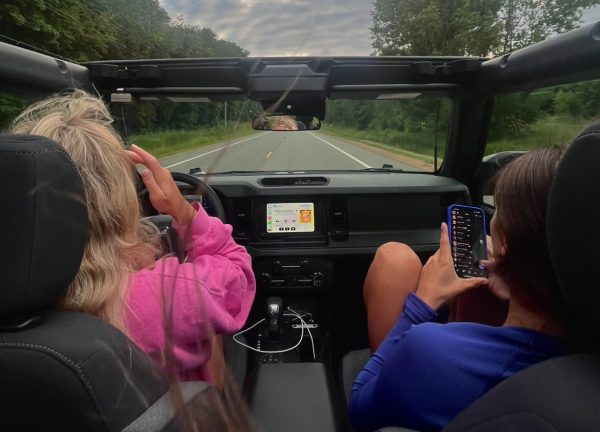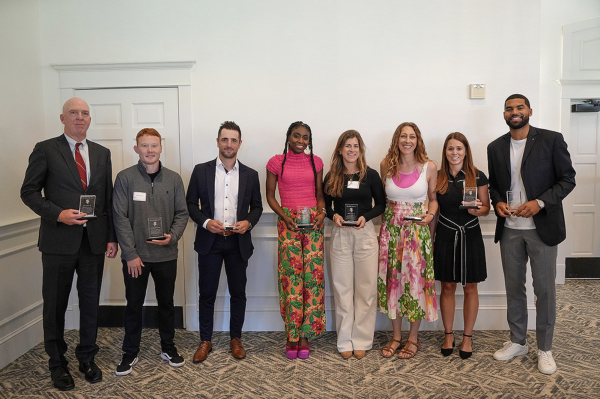BSM fields new drone racing team
Photo courtesy of Anne Dougherty
Junior Claire Larson and freshman Tommy Medina learn to control their drones.
January 6, 2020
This year, BSM’s drone racing club has made its debut and joined the school’s long list of extracurricular activities. Led by coaches Anne Dougherty and Joe Creer, the team plans on competing in three meets in January, February, and March.
Drone racing first came to Minnesota high schools when Apple Valley and St. Louis Park, being the only two teams in the league, faced off last spring. Later, Steve Pohlen, BSM’s Director of Learning and Technology, was contacted by St. Louis Park in an attempt to expand the league. BSM, along with many other high schools, agreed to establish their own drone racing teams. “We thought, ‘Let’s see who’s interested and what happens,’” Pohlen said.
During a drone racing meet, pilots face off against students from other schools, maneuvering their drones through hoops, zigzags, and other obstacles set up in an indoor recreation area. Competitions are always relay races, meaning four pilots from each team take turns flying one lap around the track. Pilots fly their drones at the same time as other teams, which may result in physicality between enemy drones. “It’s actually head-to-head, so you can run into each other,” Pohlen said.
Pilots control the drones with a two-joystick remote control, and instead of watching the drone from the sidelines, pilots wear VR goggles that allow the wearer to view the scene from the perspective of the drone. “You’re not looking at the drone; you’re looking as if you’re the pilot on the drone,” Pohlen said.
Students also design the drones themselves. At the start of the season, the league sells all the teams a drone kit for each participant on the team, which comes with all the parts necessary for a student to put their drone together. All the students on the teams have the opportunity to build their own drone. Additionally, when pilots arrive at a race, they can change the drone’s design to better fit the course. For example, students can adjust the number of blades on the propellers to increase the drone’s speed or make the drone more maneuverable. “The pilots get to the race, and they look at the course … and they say, ‘Okay, there’s a long straight away, so I want to make sure I’m as fast as possible, so I’m going to set it up to be fast,’” Pohlen said.
BSM’s drone racing program has yielded an active response from students. Twenty-four students have signed up to participate, which is enough to field three teams. One of the teams consists entirely of girls, making it the first all-female high school drone racing team in Minnesota. All the students on this team are in the same engineering class, and they occasionally practice drone racing during school. “The all-girls team will practice during seventh hour as part of their engineering group, so one day a week they’ll spend a little bit of time on it,” Dougherty said.
Drones are a huge part of the economy moving forward in a lot of different ways that we haven’t really been thinking about yet.
— Anne Dougherty
Drones are already used in rescue and disaster management, and BSM’s engineering teachers plan on eventually implementing drones into their classes. Dougherty thinks that exploring the potential of drones and teaching students how to build and operate them will be beneficial for engineering students in the future. “Drones are a huge part of the economy moving forward in a lot of different ways that we haven’t really been thinking about yet,” Dougherty said.














































